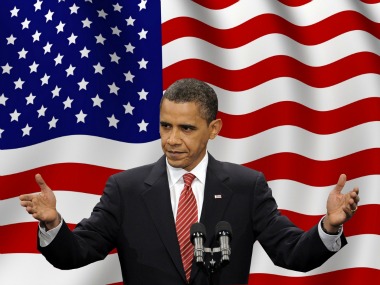Architectural Design Making a Positive Impact on Sustainability in your Liveable City

If you are faced with the question; “Are you part of a liveable city”, would you know how to answer? Many would consider any city that they live in as a liveable city, but what does that really mean? The answer revolves around a few simple words that some of us are well versed with, while others are not. – sustainability, conservation, environmentally friendly, eco-friendly and carbon friendly (to name a few). Creating a more liveable city comes down to several factors, beginning with residential and commercial designs that offer sustainable features. Modern technology is now proving that there are …





